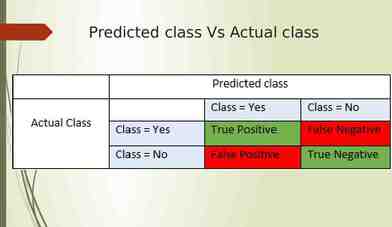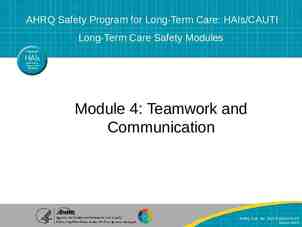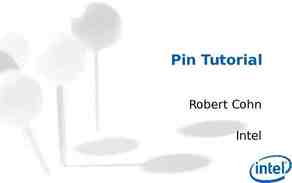Flow Chart of Scientific Breakthroughs… Listen to lectures,
7 Slides654.00 KB

Flow Chart of Scientific Breakthroughs Listen to lectures, complete flow chart as group using laminated sheets and answer “cards” Copy in notebook

William Harvey 1578-1657 English Doctor and Teacher Blood circulates through the body. Heart is responsible for pumping blood. “An Anatomical Treatise on the Movement of the Heart and Blood in Animals” (1628)

Nicolaus Copernicus 1473-1543 A Polish Canon - Founder of modern Astronomy. Heliocentric galaxy - Earth turns on an axis and revolves around the sun. “On the Revolution of the Celestial Spheres” Impacted future discoveries of Galileo, Kepler, and Newton.

Andreas Vesalius 1514-1564 Vesalius's ' contained many intricately detailed drawings of human dissections, often in allegorical poses. From his work on Epistola, Vesalius moved onto dissect more and more cadavers. Flemish physician and anatomist. Innovated study of human anatomy. Challenged previous beliefs (Galen) that were based on dissection of animals. Scientific knowledge is found by observing nature, not by reading ancient books. “On the Structure of the Human Body” (marked dawn of modern science)

Galileo Galilei 1564-1653 Italian Scientist – One of the most influential scientists of European history. Discoveries: Law of inertia, invention of telescope, astronomical observations, proving Copernican hypothesis. Perfected scientific method – careful, quantitative measurements.

Isaac Newton English Scientist – Considered one of the greatest scientists in history. Contributed to understanding of motion, gravity, heat, and light. Created advanced system of mathematics (Calculus) Discovered principle of gravity. (Apple falling while moon was visible) “Mathematical Principles of Natural Philosophy”

Check answers:






